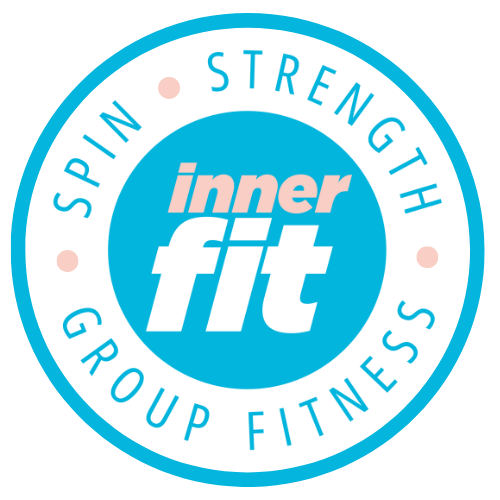In the fast-paced world we live in, it's easy to get caught up in the latest fitness trends promising quick results. From extreme high-intensity workouts to intermittent fasting, these approaches can have potential dangers if not practiced with caution. Instead, let's shift our focus towards a more sustainable and beneficial path – weight training, long-term healthy eating, regular fitness, and the power of group fitness. My goal as your coach is to guide you towards a balanced and holistic approach to achieving your health, wellness, and fitness goals - and of course, feel awesome about yourself! By changing our approach, we can make fitness part of our lives and enjoy things like a round of golf or fitness with our friends.
The Pitfalls of Extreme High-Intensity Workouts and Intermittent Fasting: While high-intensity workouts and intermittent fasting might seem appealing for rapid weight loss, they can take a toll on your body if not approached wisely. Extreme workouts can lead to overtraining, injuries, and burnout, ultimately impacting your long-term fitness journey. Similarly, intermittent fasting can disrupt your metabolism and create an unhealthy relationship with food. It's essential to remember that true health is a marathon, not a sprint.
The Power of Weight Training: Weight training often gets overshadowed by flashy trends, but its benefits are undeniable. Not only does weight training help increase lean muscle mass, boost metabolism, and enhance bone density, but it also contributes to a balanced physique. By incorporating strength training into your routine, you're setting the foundation for long-term health and fitness success.
Embracing Healthy Eating Habits: Healthy eating isn't about restrictive diets or quick fixes – it's about nourishing your body with the right nutrients. Focus on consuming a variety of whole foods, including lean proteins, colorful vegetables, whole grains, and healthy fats. Adopting a mindful and balanced approach to eating will provide sustained energy and contribute to your overall well-being.
The Importance of Regular Fitness: Consistency is key when it comes to fitness. Instead of pushing yourself to the limit with extreme workouts, aim for regular physical activity that you enjoy. Whether it's classes at the studio, brisk walking, swimming, dancing, or cycling, find an activity that brings you joy and keeps you moving. Remember, every step counts towards your long-term health goals.
The Community and Cohesion of Group Fitness: Participating in group fitness classes can be a game-changer on your health journey. Not only do these classes provide structure and accountability, but they also offer a sense of community and support. Exercising alongside like-minded individuals can make workouts enjoyable and motivate you to stay consistent.
In the pursuit of health and fitness, it's crucial to adopt a balanced and holistic approach. Instead of chasing extreme high-intensity workouts and fad diets, consider the benefits of weight training, healthy eating, regular fitness, and the camaraderie of group fitness. Remember that your well-being is a lifelong journey, and by prioritizing long-term sustainability, you'll achieve lasting results that go beyond the temporary fixes. Stay committed, stay positive, and embrace the path to a healthier, happier you so you can enjoy life in a body that is healthy and can do all the things you want it to do!
This fall I will be fostering all of this in the new coaching program that will be spread out over the next year to help you create the body and confidence we all desire.
Coach,
Rachel Seay
References:
- Smith LL. (2003). Overtraining, excessive exercise, and altered immunity. Journal of Sports Medicine and Physical Fitness, 43(3), 347-351.
- Harris L, et al. (2018). Intermittent fasting interventions for the treatment of overweight and obesity in adults: A systematic review and meta-analysis. Obesity Reviews, 19(6), 895-906.
- American College of Sports Medicine. (2013). Quantity and quality of exercise for developing and maintaining cardiorespiratory, musculoskeletal, and neuromotor fitness in apparently healthy adults: Guidance for prescribing exercise. Medicine & Science in Sports & Exercise, 43(7), 1334-1359.
- Robinson E, et al. (2013). A systematic review and meta-analysis examining the effect of eating rate on energy intake and hunger. The American Journal of Clinical Nutrition, 98(1), 118-128.
- World Health Organization. (2020). Physical Activity and Adults. Retrieved from https://www.who.int/dietphysicalactivity/factsheet_adults/en/
- Keegan RJ, et al. (2014). The role of motivation in the relationship between exercise and diet behavior in individuals with type 2 diabetes. Journal of Sport and Exercise Psychology, 36(5), 465-474.

